Tanker wins again in collision
Published on October 3rd, 2021
The Marine Accident Investigation Branch (MAIB) is a UK government agency authorized to investigate maritime accidents on board UK vessels worldwide, and other vessels in UK territorial waters. The MAIB publishes safety digests to share a collection of lessons learned from marine accidents, and while most of the incidents pertain to maritime or fishing vessels, this case involved a sailing yacht:
A single-handed yacht skipper put to sea in his small classic yacht for a familiar coastal passage. It was dark and conditions were calm and clear; he had departed in the early hours of the morning to benefit from favorable tidal streams. With little wind, the skipper decided to motor-sail.
After leaving the harbor, the skipper was aware that he was passing through a designated pilot boarding area, so ducked below to the chart table to check the situation on his automatic information system (AIS) display. The yacht’s AIS display had been recently installed and could not be seen from the cockpit.
Before going below, the skipper had seen lights on the horizon, but was not concerned as he assessed this was from offshore installations in the distance.
At the same time, a 38000 gross tonne chemical tanker was proceeding outbound at slow speed in the designated area, to disembark its pilot. When the pilot cutter was alongside the tanker, the coxswain saw the yacht’s navigation lights close by.
As soon as the pilot was safely on board the cutter, the coxswain maneuvered clear of the tanker and approached the yacht. The cutter’s horn was sounded and its searchlight was used to illuminate the yacht to alert the skipper to the risk of collision. The cutter’s crew could also see that there was no-one in the yacht’s cockpit.
Soon after, the skipper emerged from the cabin and saw that a collision was imminent. He immediately put the yacht’s engine astern but it was too late and the yacht collided heavily with the side of the tanker. The skipper was not injured and the cutter escorted the damaged yacht safely back to harbor.
The Lessons:
1. Vessels are, at all times, obliged by the ‘rules of the road’ to keep a good lookout by all means available, but primarily by sight and hearing. For single-handed sailors, this can be very difficult to sustain. In this instance, by going below, the skipper denied himself the opportunity to detect and avoid this large, close tanker by visual observation that, in these conditions, would have been the best method.
2. The purpose of a designated pilot boarding area is to warn mariners of the likelihood of underway boat transfers that restrict the maneuverability of vessels embarking and disembarking pilots. The skipper was familiar with the area and had seen lights before going below. At night, it can be very easy to misinterpret the distance or meaning of lights, and the presence of background lights can add to the difficulty of determining the situation.
3. Both the tanker and the pilot cutter were transmitting AIS data, but the yacht skipper had not seen any tracks on his display. It has not been possible to determine why the skipper’s AIS display was not showing the other vessels; however, it was newly installed. In these circumstances, it is important to build confidence that new equipment is functioning correctly, ideally by comparing the received AIS data with other means of detection.


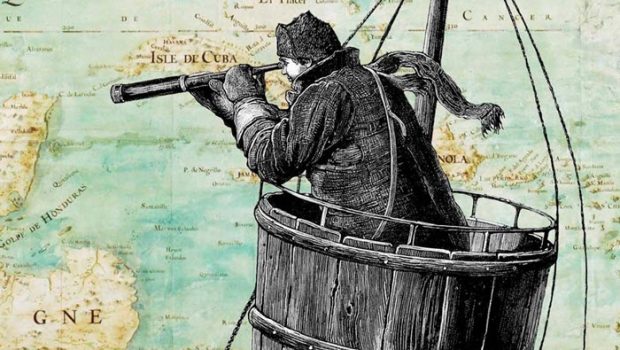

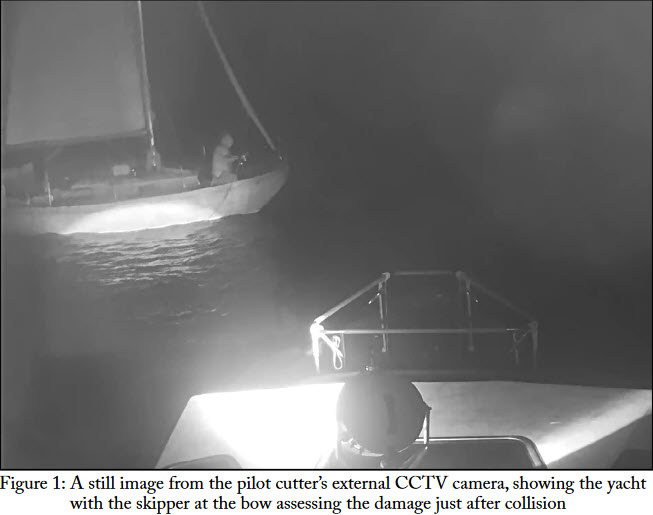
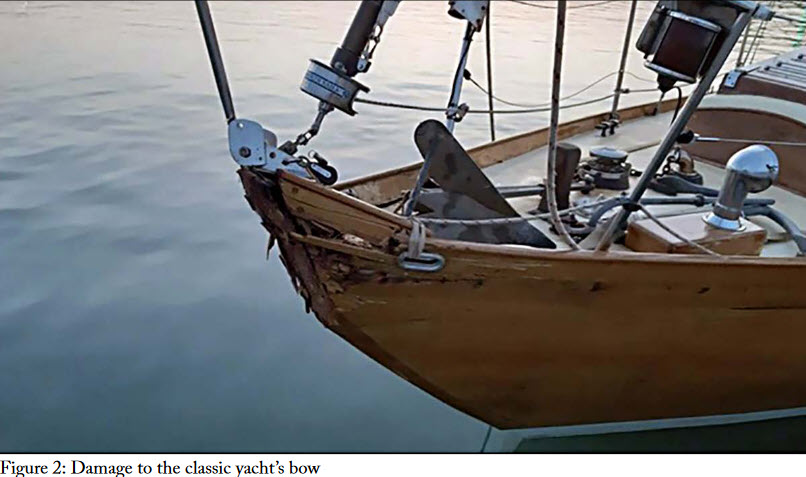

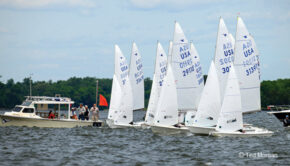
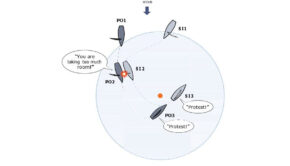
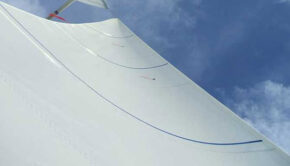

 We’ll keep your information safe.
We’ll keep your information safe.